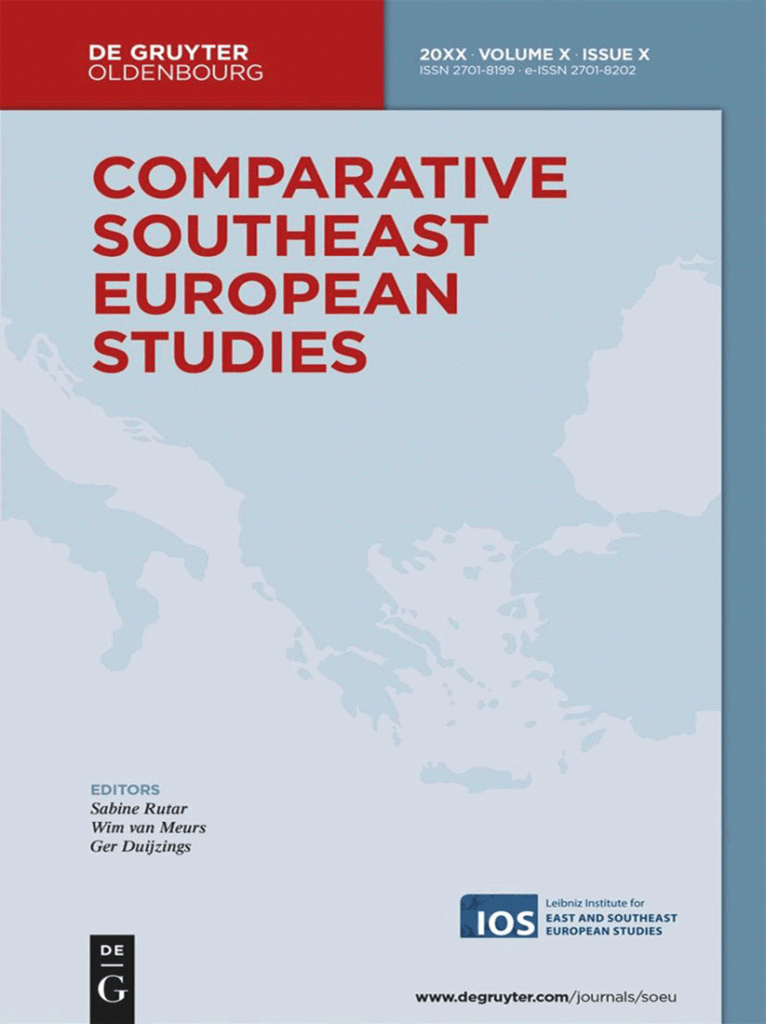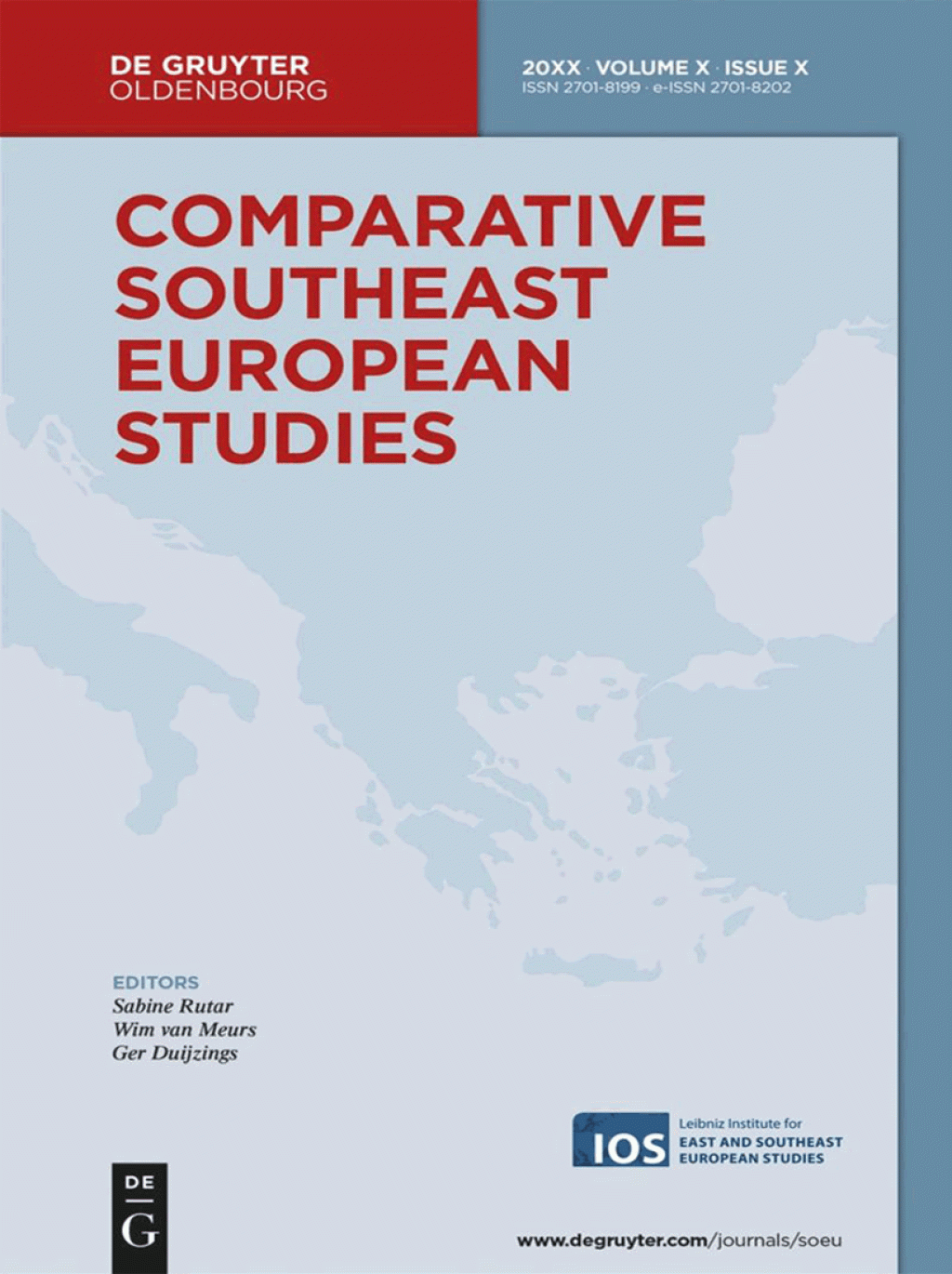Hungary in the European Union – Cooperation, Peacock Dance and Autocracy
Authors: Andrea Éltető, Tamás Szemlér
In: Comparative Southeast European Studies, 71(3), 272-299.
DOI: https://doi.org/10.1515/soeu-2022-0051
Abstract
Hungary had been one of the frontrunners in the political and economic transition process in Central and Eastern Europe in the 1990s, and in 2004 it joined the European Union. Since 2010, Hungary has gradually become an autocratic regime, a process that has been facilitated by the political benefits of EU integration and money transfers. While the support of the Hungarian people for EU membership has remained high, tensions have increased between the Hungarian government and EU institutions. This article evaluates how the external shock of Russia’s war against Ukraine has shaken Hungary’s so far developed authoritarian equilibrium within the EU. The authors show how embedded the Hungarian autocracy has become and argue that although there have been some effects to the pillars of the authoritarian equilibrium, it has remained stable, and most probably will continue to do so, as long as the illiberal regime stays in power.



